Posted by: Ken @ 11:28 am
No visitor to South Florida who likes birds, or even has a marginal interest in the natural world should miss walking the boardwalk at Green Cay Wetlands, located in suburban Boynton Beach, just off Florida’s Turnpike in western Palm Beach County.
Mary Lou and I visited Green Cay the weekend before last, and were thrilled by the abundance of water birds. We arrived around 8:30 AM on a Sunday, and the large parking lot was already 3/4 full. Most of the visitors were older people decked out in exercise clothing. There were also many families with small children. I’ll admit that I did not relish the idea of joining such a large crowd, but as it turned out, they contributed greatly to our enjoyment. Except for the few power walkers who rushed through and brusquely pushed folks out of their way, everyone seemed to be having a fabulous time.
An Anhinga looked almost like a totem on a pole, silhouetted against the morning sun:
Soon after we entered, we were treated to the sight of a Limpkin perching 40-50 feet high, atop a bare Pond Cypress. We had never before seen one sit so high up:
A Northern Harrier with an owl-like face and a full crop eyed me as it flew over:
In an earlier blog (White Waders 3, Herps 0) I posted shots that I had taken at Green Cay, of an ibis subduing a water snake that it had caught, and an egret eating a Green Anole. All I had to do was point my long lens somewhere, and a small crowd gathered immediately, trying to see what I was watching. It reminded me of the traffic jams at Yellowstone National Park that could be started by anyone who pulled an RV off the road and began staring out into the distance.
Passers-by usually expressed a genuine interest in learning the identity of the many birds– herons, ibises, Limpkins, ducks, hawks, grebes, moorhens… They asked about what they ate, whether they nested there and where and when.
The smaller brown birds, such as this Sora, interested them a bit less, but stimulated comments that begged for my intervention, such as: “Look– it’s some kind of pigeon…”
…or, upon seeing this fuzzy-looking Pied-billed Grebe up close,”Look at the cute little baby duck!”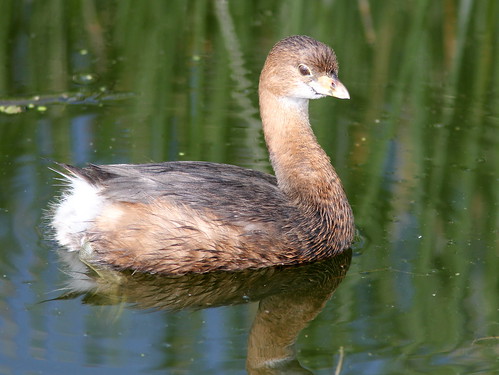
It was very difficult to show people this Wilson’s Snipe on a small island across the water, as it often blended into the vegetation before my very eyes, and when they saw it, most wondered why we bothered to look at it:
A big attraction was this large alligator basking on another island:
Unfortunately, Mary Lou missed the best show, as she had walked on ahead of me as we were exiting the wetlands. Out of the corner of my eye, I saw what looked like a fish being held up on a stick like a flag.
It was a fish, alright, but the “stick” was the neck of an Anhinga: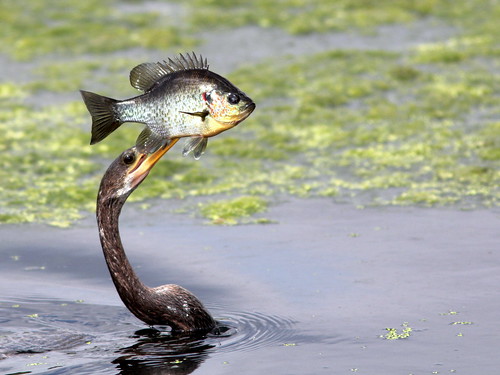
I raised my camera and took a series of photos, all the while answering questions from the crowd of people that quickly gathered to watch the show. I pointed out the the fish had actually been speared by the long sharp bill of the Anhinga, and that the bird would likely go to the shore before trying to subdue the fish before eating it.
The Anhinga complied by swimming to a half-submerged log, and displacing several turtles that had been sunning there. Strands of algae and duckweed clung to her back as she clambered up on the log with the fish firmly in her grasp:
Showing no mercy, the Anhinga began pounding the fish’s head on the log:
The fish struggled vigorously at first, shaking water drops all around, until it appeared to lose much of its fight. At this point, the Anhinga flipped it up into the air, intending to catch it headfirst before swallowing it. The fish had other ideas, and it slipped from the bird’s grasp as it tried to catch it coming down.
The Anhinga promptly disappeared under water and, within a few seconds returned with its prize, now speared near its head and looking badly battered:
Finally, the Anhinga sensed that it was safe to flip the fish up in the air one last time:
The Anhinga caught the fish head first, and people in the crowd exclaimed in disbelief that such a large fish could ever fit down the bird’s throat:
For a long moment it appeared that the fish had stuck in its throat, and the bird would choke to death:
Gradually, the fish slithered out of sight:
The show got even more exciting as the spectators watched the bird’s neck expand to accommodate its meal: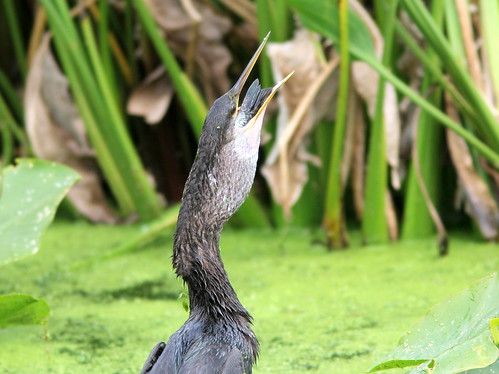
There was a round of applause as the Anhinga completed its act:













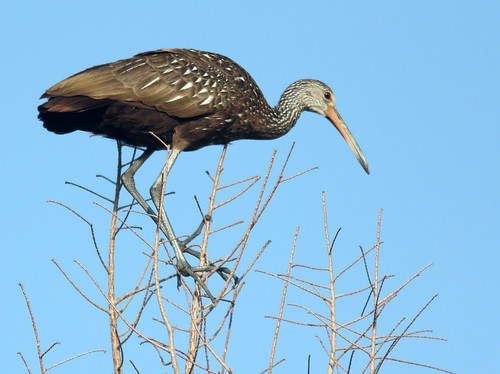
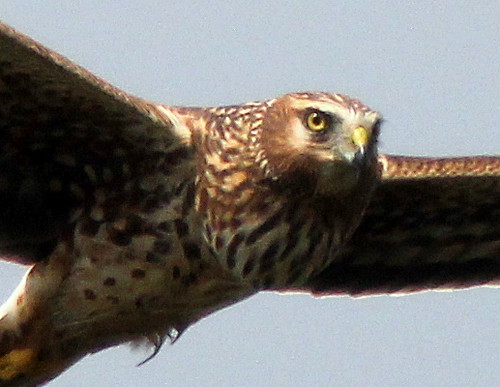
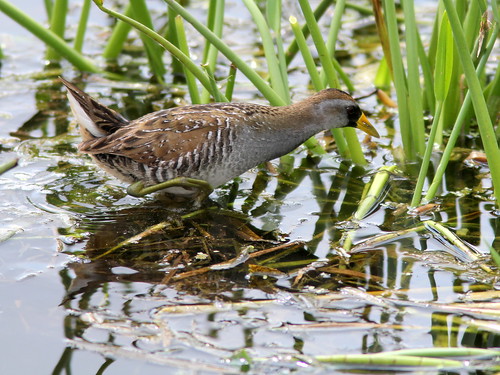
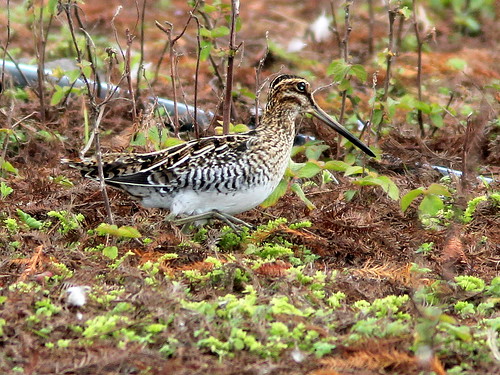
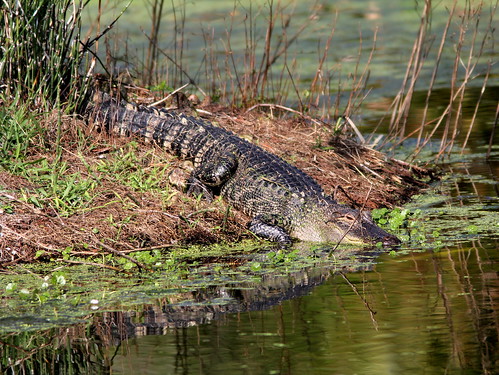
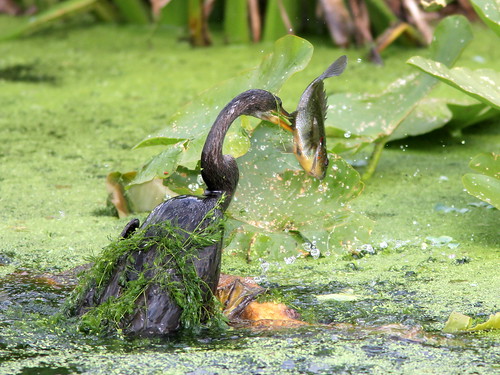
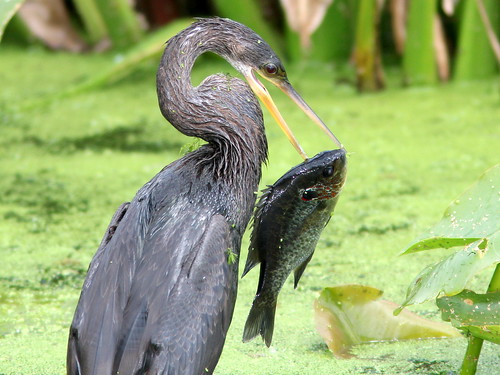
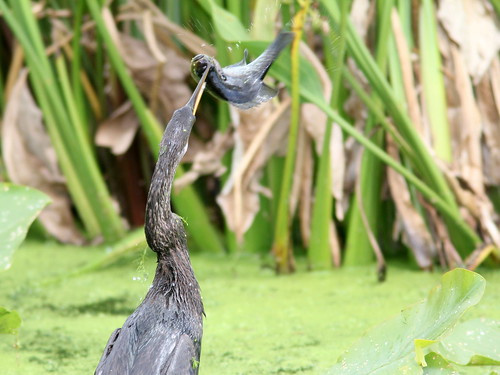
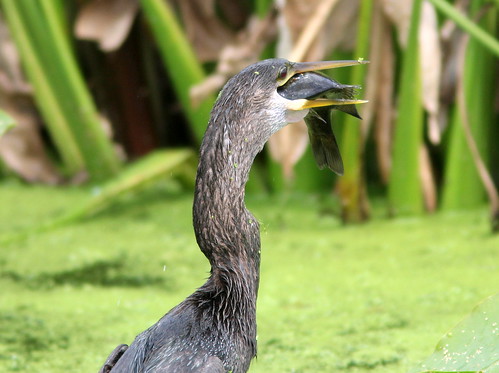
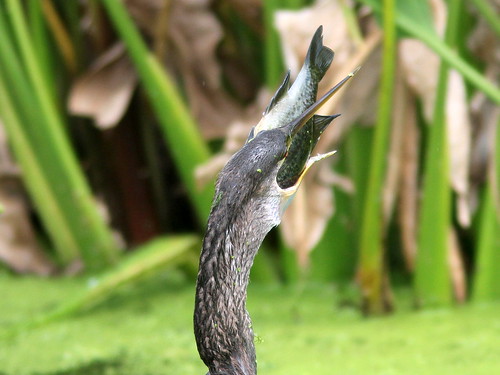
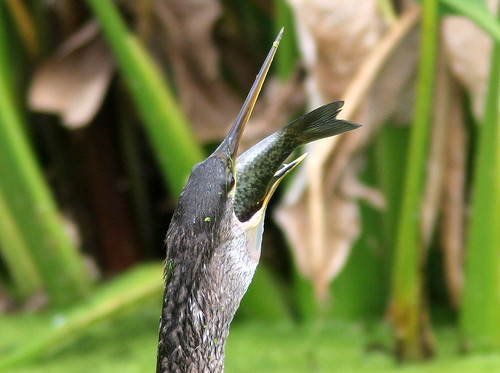
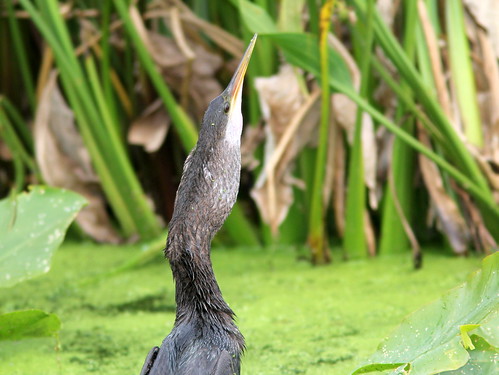
March 6th, 2011 at 11:44 am I really enjoy reading your blog Ken. Sometimes I wish you do two a week.
March 9th, 2011 at 9:52 am What an action-packed visit you had. Wonderfully documented. That fish going down the hatch is revealing of what happens thousands of times a day. Funny to think of those wriggling dinners they have.
March 9th, 2011 at 1:06 pm Great sequence!! Boom & Gary of the Vermilon River, Canada.
March 9th, 2011 at 2:45 pm Stunning images. Picture 8 with the fish in full profile is amazing. Make the most of that one Brilliant post thanks for sharing.
March 9th, 2011 at 11:14 pm From that first silhouette shot to the last one showing the Anhinga finishing his meal, I was amazed by all the activity you captured on your trip! Wonderful sharp photos and interesting narrative!
March 9th, 2011 at 11:17 pm Wow — so many awesome shots in this post! I especially love the Anhiga series and the snipe!
March 9th, 2011 at 11:52 pm Amazing series of photos. Thanks for sharing.
March 10th, 2011 at 2:35 am What a nice set of perfect shots. Very impressed! Have a nice day.
March 10th, 2011 at 2:31 pm Great captures! I really enjoyed the Anhinga photos, amazing to see how they do it!
March 10th, 2011 at 5:14 pm Unbelievable! I could go on and on about this amazing post. I think you were born to be a tour guide given your patients with the crowds but really, your calling is as a nature photographer. These perfectly photographed action shots are the things my dreams are made from. This is NG stuff. If ever anyone wanted to see why bird photography is so addicting they would need go no further than this collection. Bravo!!!!
March 11th, 2011 at 6:47 am Fantastic series of bird photos. The Anhunga and the fish shots are just awesome. What a cool sight to see.
March 28th, 2011 at 5:24 pm Great set of shots Ken! The Anhinga’s meal is a Redear Sunfish Lepomis microlophus a native species that inhabits ponds, swamps, lakes; and vegetated pools. This species is one of my favorite demersal fish that we study here at FIU. In your second shot of the Anhinga atop the half-submerged log you can see two identifying features that can determine the species of this Lepomis. Look at the length of the pointed pectoral fin; it reaches back and a bit past the origin of the anal fin, most other sunfish sport a rounded smaller pectoral fin. The second and most obvious field mark would be the “red ear” which is the red or sometimes orange edge to the ear flap. This is best developed on adults; younger fish usually show a clear edge to the black ear flap. Well enough rambling about fish…thanks for sharing! Angel & Mariel
June 22nd, 2011 at 3:59 pm I’ve enjoyed the comments along with Ken’s Blog. Thank to Angel & Mariel for identifying the fish. When I was a child in Miami we used to catch these small fish on a tiny hook and called them “Pin Fish.”